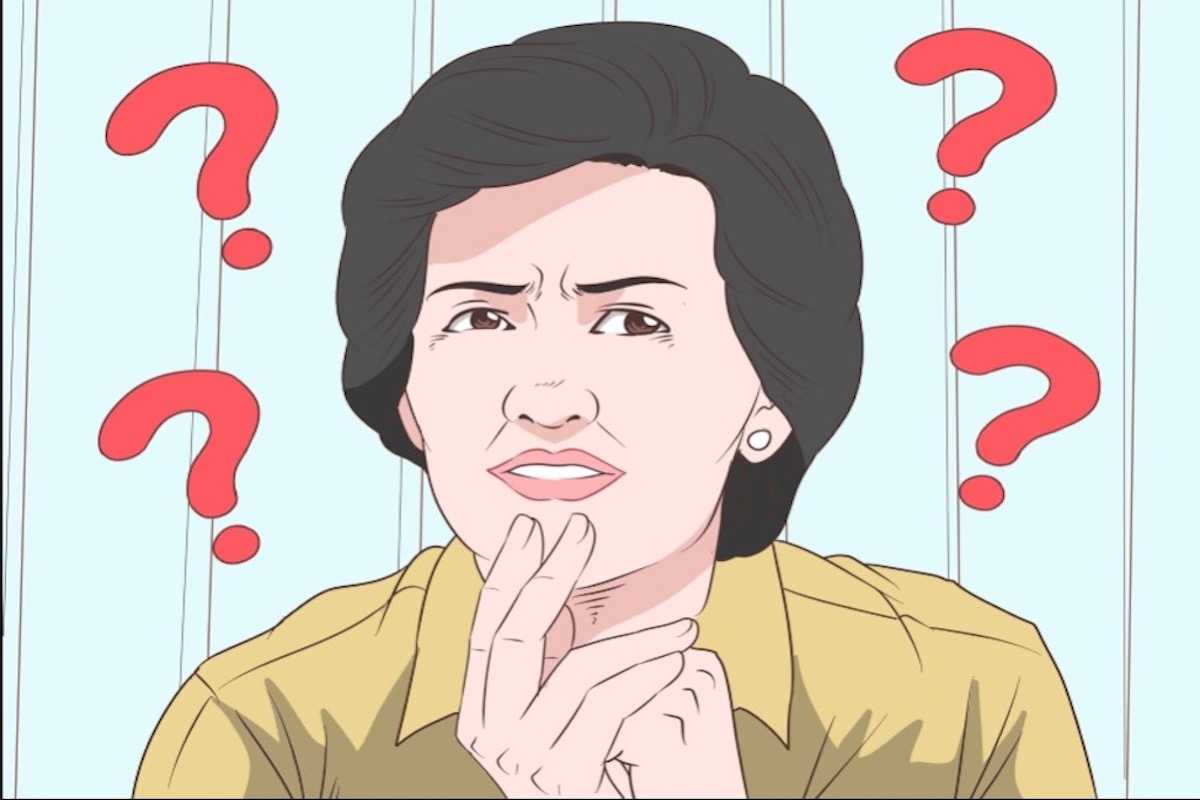Recognizing Alzheimer’s disease, also referred to as AD, especially in its early stages, can be challenging. As initial symptoms are often overlooked. In the US, around 6.2 million people are currently living with Alzheimer’s disease, impacting lives well before their 50th birthday. This makes it crucial for everyone to know the most common and early symptoms of Alzheimer’s disease. This way you – or a loved one – receives the right diagnosis earlier and can possible treatment start. Keep in mind, memory loss isn’t always just memory loss. It’s often caused!

Difficulty with Problem Solving
In Alzheimer’s disease, one common symptom is difficulty with problem-solving. This means that people with AD find it hard to figure out solutions to everyday challenges. Simple tasks, like planning their day or making choices, become tough. They may also struggle when facing new situations. This difficulty can affect their independence and put pressure on their caregivers who often need to assist with these tasks.
Mood and Behavior Changes in Alzheimer’s Disease
This means that people may experience shifts in their emotions and actions. They might have mood swings, feeling happy one moment and sad or agitated the next. They could become more anxious or irritable. These changes in behavior and emotions can be challenging for both the individual with AD and their caregivers. Recognizing and addressing these changes early, along with providing support, can make a significant difference in improving the person’s well-being and the quality of their daily life.
Difficulty Finishing Daily Activities
Individuals often find it hard to complete their daily activities. This means that tasks they used to do easily, like dressing, bathing, or preparing meals, become challenging. As AD progresses, they might forget the steps involved or lose interest in these activities. This difficulty can impact their independence and require assistance from caregivers.The most common symptom of Alzheimer’s Disease is, of course, memory loss. To learn more about this symptom – and others – continue reading on the next page.

